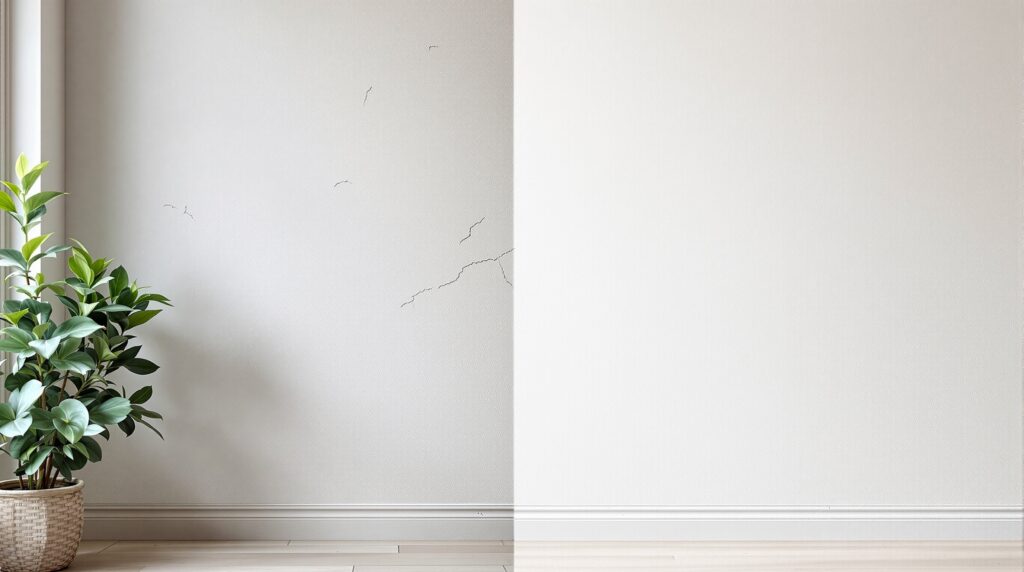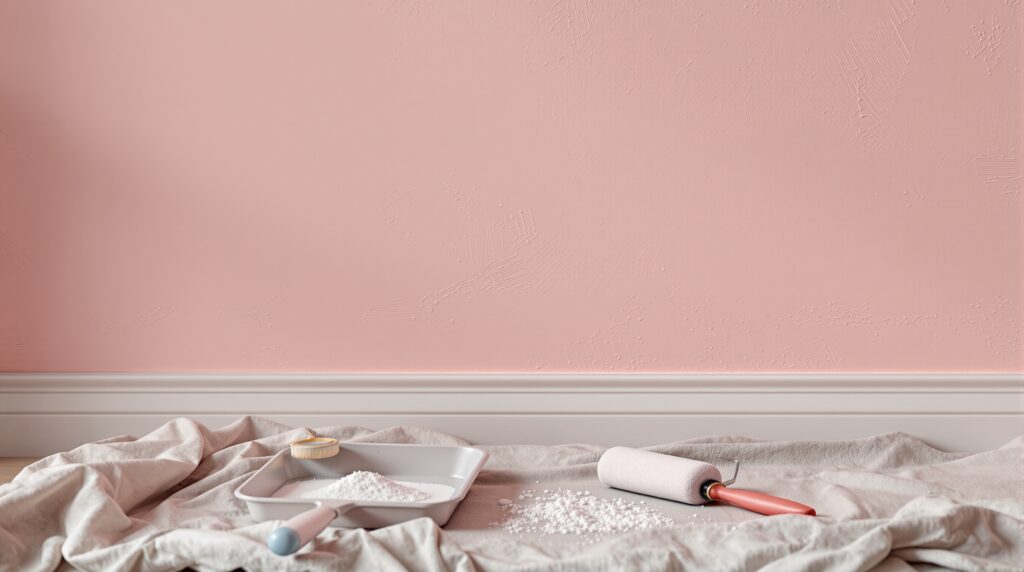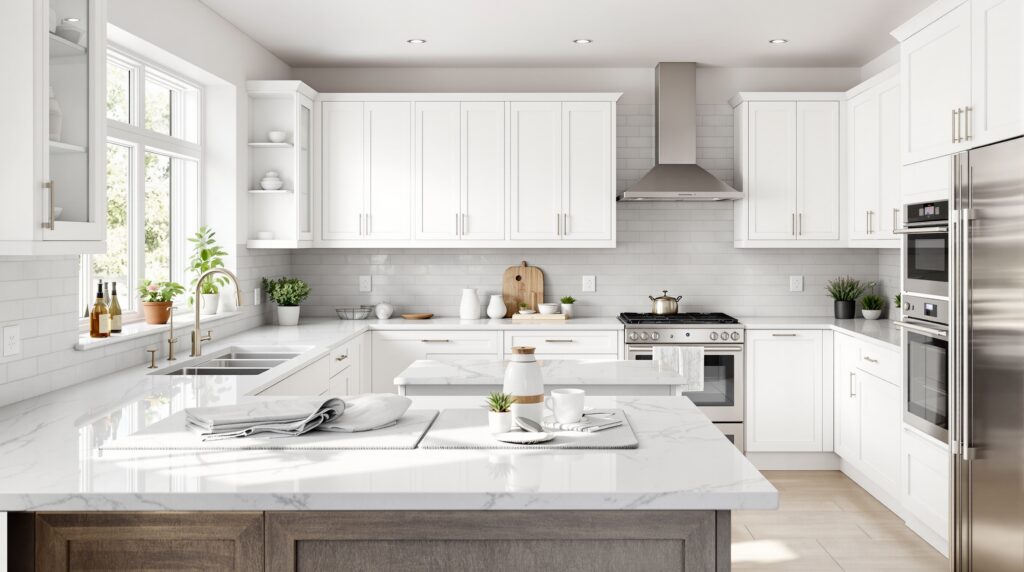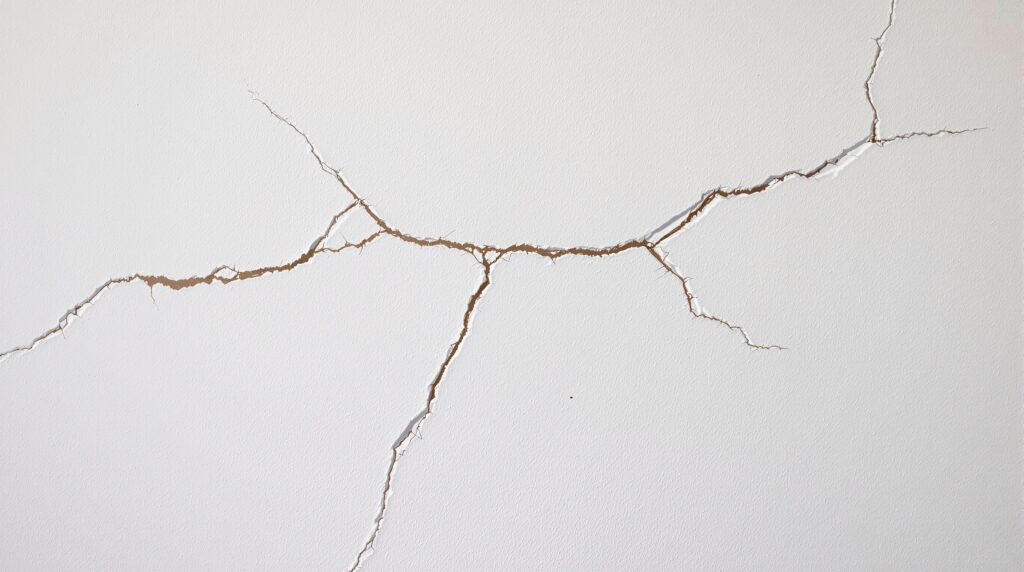What does the White House renovation 2025 mean for UK plastering standards?
The White House renovation 2025 is setting new global standards for plastering excellence that could transform how we approach high-end finishes in British homes. When the White House ballroom construction begins September 2025, it won’t just be another building project in Washington—it will represent a defining moment for craftsmanship standards worldwide. For homeowners, property developers, and interior designers in Bromley and Kent, this ambitious undertaking offers valuable insights into what true quality looks like when preserving historical architectural style meets cutting-edge construction methodology. As Kent’s leading plastering specialists, we’re watching this project closely because the principles being applied to this 90,000 square feet masterpiece are the same ones we bring to every residential and commercial project across the South East. The White House Renovation: Setting a Global Benchmark The upcoming White House renovation represents more than just an expansion of America’s most famous residence—it establishes a benchmark for what’s possible when expertise, resources, and vision align. The new ballroom will be approximately 90,000 square feet with a seated capacity of 650, making it one of the most ambitious governmental construction projects in recent memory. However, its true impact lies in the craftsmanship standards it establishes for the international plastering industry, particularly in areas like Kent and Bromley where period property renovation meets modern luxury living. This project demonstrates that whether you’re working on a presidential ballroom or a Victorian terrace in Bromley, the fundamentals remain unchanged: meticulous preparation, skilled execution, and an unwavering commitment to quality. The privately funded initiative, valued at approximately 200 million dollars, sends a clear message that exceptional plastering work isn’t an expense—it’s an investment in longevity, aesthetics, and functional excellence. For property developers and homeowners in Kent considering their next renovation, the White House project proves that cutting corners on plastering and finishing work ultimately costs more than doing it properly from the start. Understanding the Scale: The White House Ballroom Project Details To appreciate what this renovation means for British plastering standards, we must first understand its unprecedented scope and ambition. The project replaces the East Wing and will preserve historical architectural style, ensuring that modern functionality doesn’t compromise the building’s iconic appearance. This is the first major structural renovation since Truman era, making it a once-in-a-generation opportunity to showcase how traditional craftsmanship can be enhanced by contemporary materials and techniques. The planned completion before end of President Trump’s term creates a demanding timeline that requires exceptional coordination between multiple specialist trades—a challenge familiar to anyone who’s managed complex renovation projects in Kent’s heritage properties. What Makes This the First Major Structural Renovation Since Truman Era The significance of this being the first major structural change in over 70 years cannot be overstated. The Truman-era renovations, completed in 1952, have stood the test of time remarkably well, demonstrating what’s possible when projects prioritise quality over speed. The current renovation aims to solve functional event space limitations that have become increasingly problematic as the demands on the White House have evolved. This mirrors challenges faced by owners of period properties throughout Bromley and Kent, where beautiful historical buildings often lack the functional spaces required for modern living. The project scope encompasses not just the ballroom itself but integrated systems for climate control, acoustics, lighting, and security—all of which must be seamlessly incorporated without disrupting the building’s classical aesthetic. The project is privately funded at about 200 million dollars, allowing for the kind of material selection and craftsmanship that government budget constraints might otherwise prohibit. The Team Behind the Vision McCrery Architects selected as lead architect: Bringing specialised expertise in classical design and governmental buildings, ensuring authentic period detailing throughout the plastering specifications Clark Construction will manage building: With a proven track record on high-profile Washington projects, they understand the coordination required for flawless finishes AECOM leads engineering: Ensuring structural integrity supports the aesthetic vision, particularly crucial for suspended ceilings and decorative plasterwork Security to be updated by Secret Service: Modern security requirements integrated invisibly into traditional finishes—a lesson applicable to high-end residential security systems in Kent properties Why This Matters for UK Homeowners and Property Developers You might wonder why a ballroom in Washington should matter to someone renovating a home in Bromley or developing property in Kent. The answer lies in how international showcase projects raise standards across the industry. When the world’s eyes focus on craftsmanship at this level, it creates ripple effects throughout the construction sector. Material manufacturers develop better products to meet these demanding specifications. Training programmes elevate their standards to produce craftsmen capable of this work. And clients—whether governmental or residential—begin to understand what true quality looks like and why it’s worth the investment. At Kent Plasterers, we’ve seen how exposure to world-class projects transforms client expectations in positive ways, leading to better-informed conversations about materials, methods, and timelines for achieving exceptional results. The Functional Event Space Challenge: A Shared Problem The White House renovation specifically aims to solve functional event space limitations—a challenge remarkably similar to what we encounter in British period properties daily. Victorian and Edwardian homes in Bromley were designed for a different era’s entertaining style, with multiple smaller reception rooms rather than the open-plan spaces contemporary families prefer. Similarly, the White House’s existing event spaces, while historically significant, no longer adequately serve the building’s ceremonial and diplomatic functions. The solution in both cases requires sensitive intervention that respects historical architectural style whilst creating spaces fit for modern purposes. This means preserving decorative plasterwork, cornicing, and ceiling roses where appropriate, whilst introducing contemporary elements that enhance rather than compromise the original character. The technical challenge of creating a seated capacity of 650 in a space that maintains acoustic quality, appropriate scale, and classical proportions requires exceptional plastering expertise—the same skills needed to transform a cramped Victorian kitchen in Kent into an open-plan family hub without losing the property’s period charm. Quality Standards That Transcend Borders Flawless finish across 90,000 square feet: Achieving consistent quality over this scale requires systematic quality control, skilled craftsmen, and premium materials—principles
What does the White House renovation 2025 mean for UK plastering standards? Read More »









